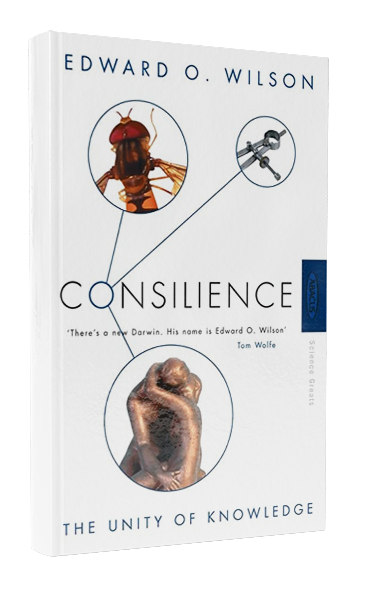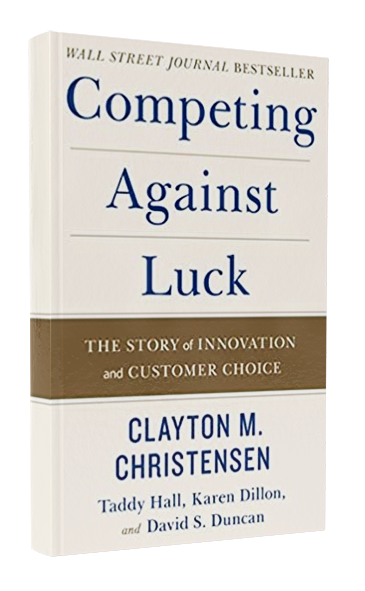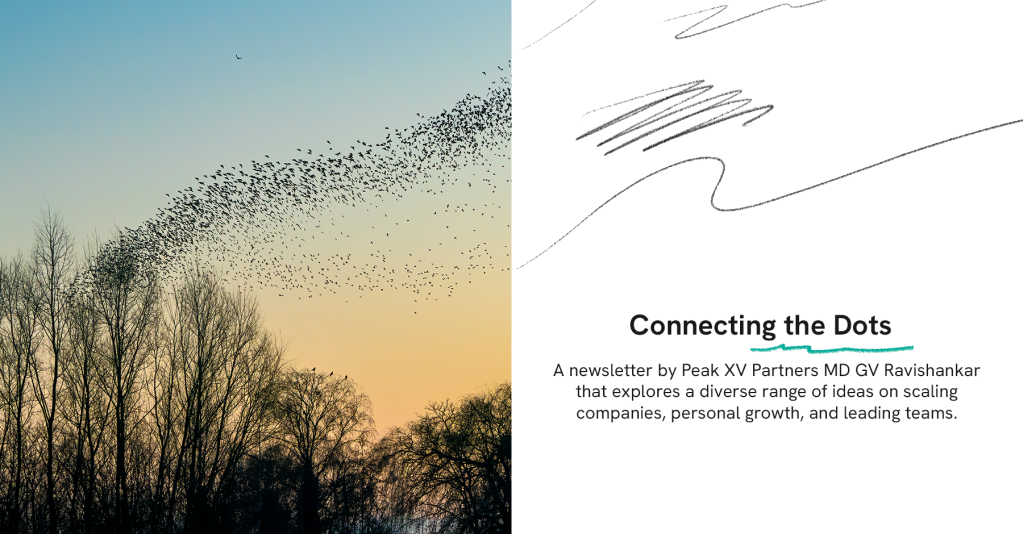The Myth of Infinite Resources
ByGV Ravishankar
Photography:DALL.E
PublishedMay 29, 2023
In this edition, GV Ravishankar talks about what startups can learn from the “one-legged horse” to navigate the downturn and build enduring companies.
Sixteen people from various industries and professions recently spent five days holed up in a Delhi hotel conference room pouring through historical and modern texts, from Aristotle to Leo Tolstoy, discussing the role of leaders in making of a good society, and debating things like how much is enough and what equality and freedom meant to us. It was the last week of the Aspen fellowship, which is designed to ignite people into action to make a positive difference.
I had the good fortune to be selected for the fellowship 18 months ago and graduated last month. One of the readings we covered during the closing week, a poem called “Horse Play” by Ayyappa Paniker, seemed to speak directly to the heart of the challenges currently faced by the startup world.
Four gallant horses
galloped forth.
One was white, one was black,
one was red, one was brown.
One had four legs,
one had three,
one had two,
and the fourth had one leg.
The one-legged horse
said to the others:
the time for dance has come,
sweet friends,
let’s dance on a single hoof!
All of them liked the idea,
and the dance began.
The four-legged horse fainted outright,
the three-legged horse slipped and fell,
the two-legged horse limped to a fall :
only the one-legged one
danced on and on.
The startup world galloped through 2020 and 2021, buoyed by plenty of capital that flowed freely. Each ‘horse’ had at least four legs, given the abundance of resources that came with easy capital raises at unfathomable valuations. Many startups had a chance to gallop regardless of their unit economics and underlying business model, or whether real moats existed or not. Capital always seemed available and hence the race never stopped.
I have friends in the non-technology world who run traditional family businesses and maintain a sharp focus on free cash flow – the only leg they know how to run on. Whenever we meet, they ask me to explain why valuations are so high for companies that seem to have little or no profits and, many times, little or no revenue. They rue the fact that their single legged horse, which was profitable, was being outrun by younger horses galloping away with support of VCs and attention from media, as well as the wave of disruptive innovation. They’ve often complained that it seemed like an unfair race.
As we know, nothing lasts forever and come 2023 it’s a different race altogether. As public market investor appetite for technology IPOs cooled off, so did private capital growth rounds and this has had ripple effects on the early stage ecosystem as well. Financing rounds have become few and far between. Gone are the days of multiple capital raises per year with doubling or tripling valuations. Some horses started to find their legs giving way. But, in a sense, those ‘legs’ were crutches that prevented startups from building real muscle in critical areas.
In this new race, startups need to find out which leg they can really stand on. For some it may be a stellar product that gives them a leadership position, for some others it could well be a massive customer distribution that allows them to monetize later, but for most it is a strong economic engine that generates a sustainable way to generate profits and eventually free cash flows. Regardless, this is not the time to try to race on every ‘leg’ available. It’s time to strengthen the core and build the muscles that are most likely to help you finish the race. You are now competing with those one-legged horses which had painstakingly built their ability to gallop on a single leg. Not just gallop but also be able to dance to the tunes of the market gyrations.
It’s heartening to see several founders already making some clever design choices and taking some tough decisions leading to the path to building sustainable businesses. For example, one of our companies which runs a global business out of India decided to get to profitability by moving most of their headcount to India, which reduced fixed overheads by >30%. Another, a tech-led consumer company, decided to rejig its channel strategy to push more towards more direct selling vs distribution through third party platforms, resulting in higher contribution margins – which will help bridge the gap to profitability. Yet another company decided to use pricing levers to increase profits of their older business unit to fund their losses in the new high growth unit. In each case, companies found ways to use their current capabilities and resources to build a better economic engine and drive towards sustainable growth.
For those who haven’t started the journey to enduring, Ayyappa Paniker’s poem may provide out-of-the-box inspiration.
It’s time to strengthen the core and build the muscles that are most likely to help you finish the race. You are now competing with those one-legged horses which had painstakingly built their ability to gallop on a single leg.
Recommended Reads
Here are two articles I read over the last few weeks that I found interesting:
Apparently, money can buy you happiness – according to the PennToday article, Money matters to happiness—perhaps more than previously thought. In a study that examines how money affects happiness and well-being, Matthew Killingsworth found that money matters to both how people evaluate their lives and experience their days, and that there’s no limit to the benefits of money on personal joy. Killingsworth also explains that high earners have more choices and autonomy in life which could explain how money is correlated to overall happiness. Would you agree?
In a recent edition of Income Matters, James Harris warns readers that the era of “free money“ is coming to an end, with the gradual reordering of economies. The sharp rise in interest rates and the diminished returns wrought by inflation means real returns will be harder to achieve. The article explores how the changing economic and market environment affects the investment strategy of buying and holding high quality assets citing some examples from Berkshire’s portfolio. It also suggests that this strategy remains valid and profitable in the face of inflation, interest rates, and other challenges.
If you have time for a longer read, here are two books I’d like to recommend.

Consilience – by E.O. Wilson
I have always been a fan of complexity theory and this book is a recommended read for those who enjoy this topic. E. O. Wilson argues that science today is the practice of reductionism and that the pursuit of consilience is crucial for scientific advancement as well as for acquiring a richer understanding of the world we live in. Wilson proposes an audacious goal of unifying knowledge and believes we can come closer to achieving this by erasing the boundaries between disparate branches of science.

Competing Against Luck : The Story of Innovation and Customer Choice – by Clayton M. Christensen
Clayton M. Christensen offers a unique perspective on innovation and customer behaviour. Instead of relying on luck or intuition, Christensen introduces the “jobs-to-be-done” theory, which focuses on understanding the fundamental reasons why customers ‘hire’ a product or service. This insightful book challenges traditional notions of innovation and provides a practical framework for achieving sustainable competitive advantage. As you would expect, lots of examples from different industries are provided to illustrate the core point.
Do write in at gv@peakxv.com if any of my interests intersect with yours! Click here to read more articles on Peak XV’s blog. For more editions of Connecting the Dots, click here. I’m also on LinkedIn and Twitter.
